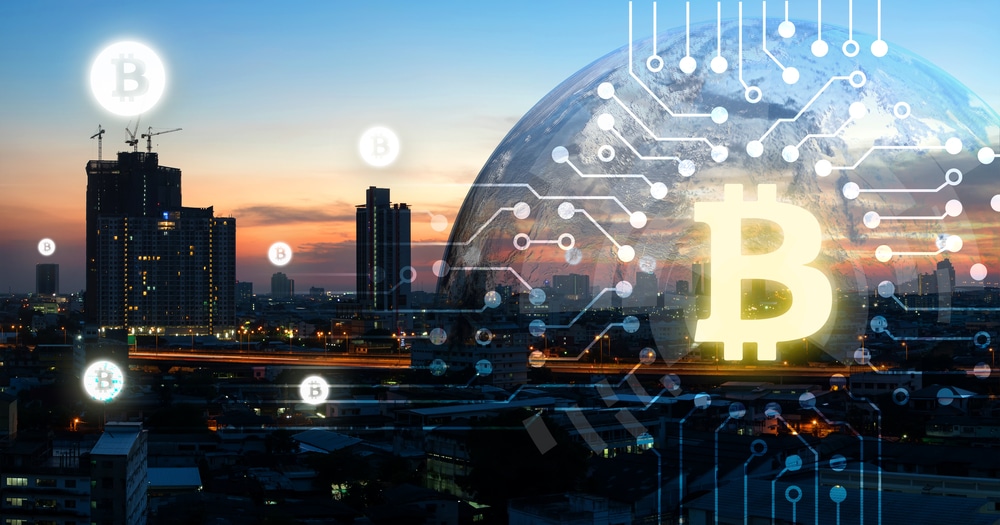
How Do Blockchain Network Congestion Occur – All You Need to Know
This is the situation where the number of transactions surpasses the capacity of a network, causing processing delays. Blockchain networks experience congestion when there are several transactions compared to what the network can handle.
Transactions are slower, and users experience sluggish processing times when transaction volumes surpass the network’s ability to authenticate them fast. The unveiling of BRC-20 tokens on the Bitcoin blockchain resulted in a quick rise in transactions, leading to congestion on the network.
Congestion and strains in the system can be attributed to high transaction volumes, increased usage, and events such as initial coin offerings (ICOs). Some users prefer paying additional fees for their transactions to be prioritized, increasing expenses further during busy times.
Blockchain networks constantly seek ways to enhance scalability, minimize congestion-associated issues, and ensure seamless transactions. The initiatives are critical for prevalent adoption since they boost the efficacy and strength of blockchain networks.
Significance of Efficient Blockchain Transaction Processing
Scalability is one of the major advantages of blockchain transaction processing. In this case, it enables blockchain networks to handle a considerable volume of transactions swiftly and simultaneously.
Despite scalability being an issue in traditional systems, effective blockchain processing eradicates the problem, offering seamless operations even during high utilization. Besides, it reduces congestion and latency, enhancing network performance and permitting transaction verification and validation.
Effective blockchain processing guarantees secure, quick, and tamper-proof transactions in sectors where data security is critical, for instance, healthcare and supply chain management. The rate at which blockchain can manage transactions will determine how fast new technologies are created and embraced.
Causes of Blockchain Network Congestion
A significant number of transactions that surpass the network’s capability can overpower the processing power, affecting the verification of transactions. Besides, with the vast utilization of blockchain technologies, more firms and individuals make transactions, increasing network traffic.
Decentralized finance platforms, decentralized applications (DApps), and the simultaneous implementation of smart contracts significantly burden the network’s resources and result in congestion. As investors take part in events such as token sales and initial coin offerings, the networks experience further clogging with transactions.
Malicious actors can cause system disruption by sending a significant number of low-value transactions. At the same time, physical limitations such as poor internet connections can hinder the seamless flow of information and evoke congestion issues.
Effects of Network Congestion
An immediate consequence is late transaction approval. Services that rely on timely transactions or payments are impacted when a network becomes crowded since transaction processing takes longer.
Higher transaction fees are also caused by considerable demand for transaction processing. Often, users bid higher fees to hasten their transactions during a transaction backlog or when congestion occurs.
Transactions can become quite expensive due to a fee increase, particularly for smaller transactions. The high demand for decentralized finance applications caused congestion in the Ethereum network in 2021, causing a rise in transaction costs.
Network congestion affects the user experience of DApps because of sluggish transaction processing. Protracted congestion and a terrible user experience can result in users becoming hesitant to interact with the DApp.
Developers might also be required to put aside additional resources to enhance the DApp’s performance in case of congestion. Resource deviation might have instead been utilized to enhance user functionality or experience, slowing down DApp’s development.
Conclusion
An example of a strategy would be optimizing transaction fees. Users can set rational costs to avert unwarranted bidding battles during congestion.
Developers can execute layer-2 solutions, for instance, Bitcoin’s Lightning Network and Ethereum’s rollups, to minimize the pressure on the primary blockchain. In this case, some transactions can happen off-chain.
Throughput can be boosted by adding the number of transactions in every block and improving block propagation strategies. Finally, motivating DApp developers to enhance their smart contracts and code can reduce the unnecessary pressure on the network.




